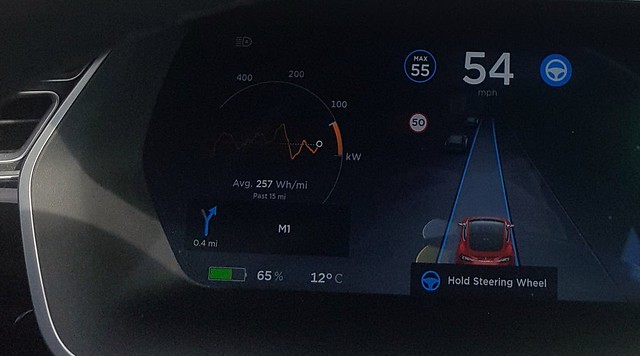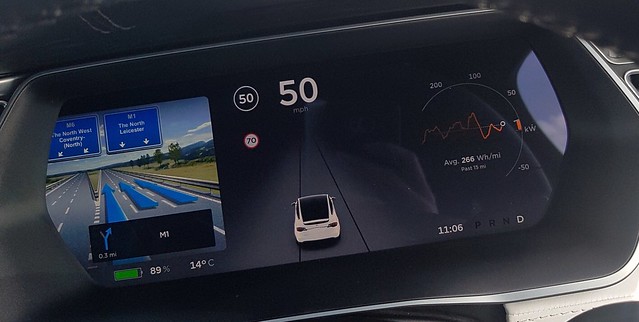PoweredByRain
Member
Here is proof of what is possible at low speeds (40-50 km/h), climate control off, temperature ~10 C, P90D. 169 Wh/km = 270 Wh/mi. In theory 90 kWh @ 169 Wh/km = 532 km. By contrast, in cold temperatures with the heat running and driving at highway speed and/or accelerating quickly, the result is more like 350-400 Wh/km (560-640 Wh/mi). "Rated" for the Model X appears to be 210 Wh/km. This is why I laugh when people ask "what's the range?"





